There can be your advertisement
300x150
How to Build a Low-Maintenance House
As homes get larger, homeowners reach a point where they are extremely frustrated by the maintenance and upkeep required to keep a home in excellent condition. As a result, the newest trends and terms in new construction and residential remodeling are "low maintenance" and "maintenance-free."
5 Tips and Solutions for Low-Maintenance Homes
While there may not be a completely maintenance-free home, you can significantly reduce the burden of homeownership by designing a house that requires less of your time and attention.
Here are several tips and solutions:
1. Install a Central Vacuum System
Installing a central vacuum in your home is an obvious choice when building a house. They are extremely convenient and, honestly, don't cost much if you integrate them into your blueprints from the start.
With a central vacuum, you don't need to carry heavy vacuums up and down stairs, wrestle with cords, or deal with the traditional hassles of cleaning. Just insert the hose into a wall outlet and start cleaning.
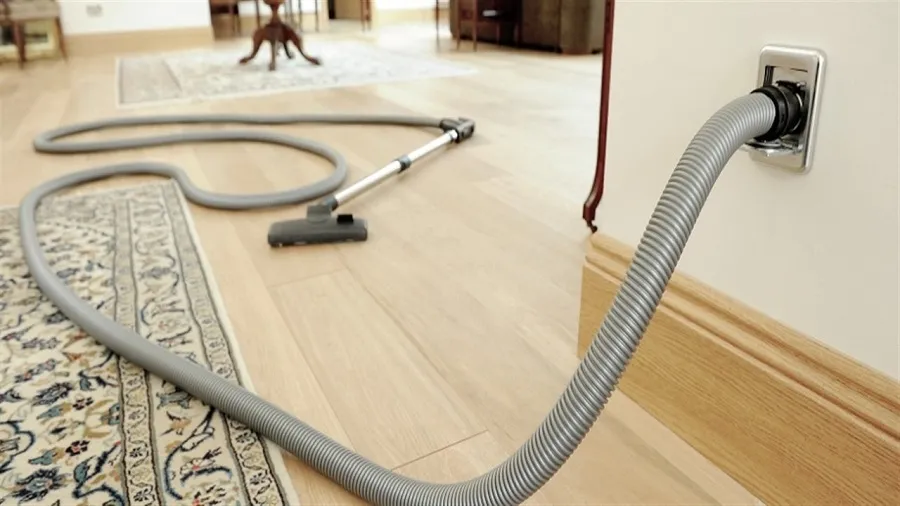
2. Use Engineered Hardwood Flooring
We can all agree that hardwood flooring elevates the aesthetics of a home to another level. It's elegant, luxurious, and simply looks great. However, traditional hardwood flooring can require a lot of maintenance and upkeep. It scratches easily, fades over time, and may be damaged by water. Fortunately, there are other alternatives like engineered hardwood.
"Engineered hardwood has a real layer of wood. It's not only less prone to scratches, stains, or other damage but can also be sanded if needed without the hassle and cost of replacing part of the floor," says flooring installation expert Jason Brubaker.
If you're looking for the real look of hardwood without the same level of maintenance, choose engineered. Since the top layer is real wood, most people won't even notice the difference.
3. Install LED Light Bulbs
The incandescent bulbs we all grew up with are no longer the best option—especially if you want a low-maintenance home that doesn't require frequent bulb replacements.
While an average incandescent bulb may last only a few months, new LED bulbs have manufacturer ratings of five to 20 years. Even if these ranges are often overstated, you can reasonably expect four to eight years of LED bulb use—even in the most extreme conditions. So go ahead and install new LEDs; this is one thing you don't need to worry about.
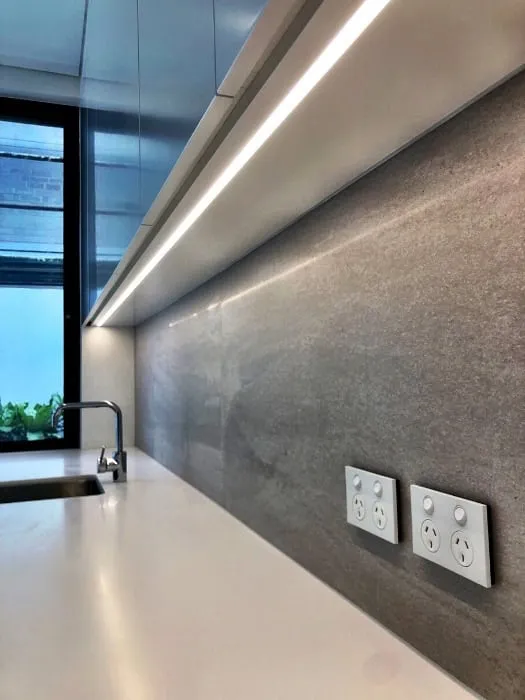
4. Choose Slate Roofing
If you plan to live in the home long-term, talk with your builder about switching from traditional architectural asphalt shingles to more durable roofing materials like slate.
Architectural asphalt shingles typically last up to 30 years and cost $2 to $3 per square foot. Slate, on the other hand, lasts 100 years or more. You pay for durability—typically $4 to $6 per square foot—but you probably won't need to do anything with it during your entire ownership period. Clay tile is another good option that lasts over 100 years, but you can expect to pay more than $10 per square foot.
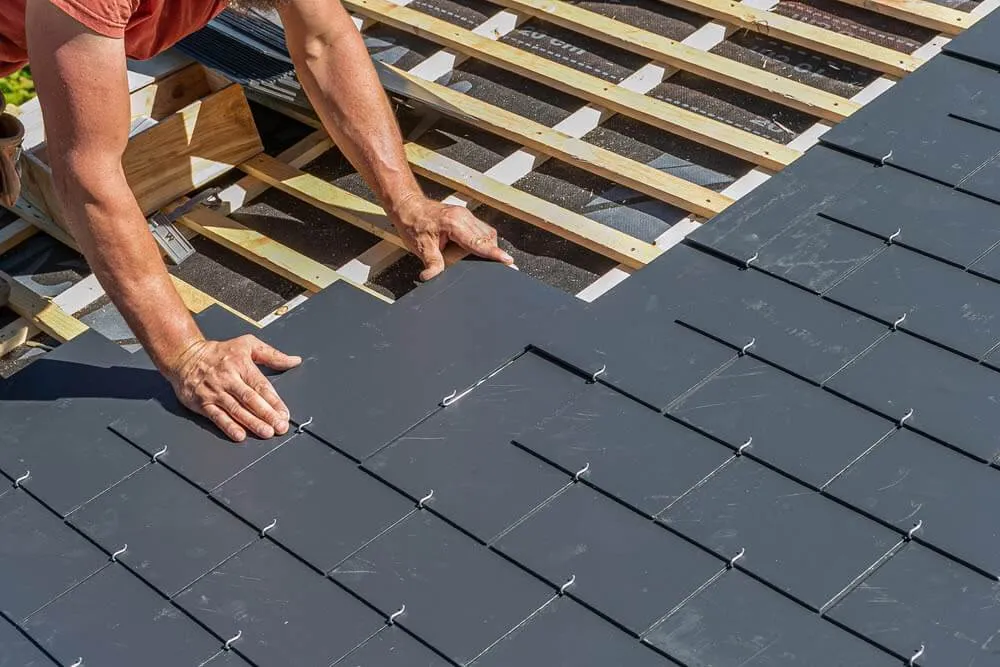
5. Use More Hardscape Elements
If you're not planning to hire a professional landscaping crew for weekly yard maintenance, we don't recommend getting too carried away with grass, flower beds, and other “soft” areas that require a lot of attention. Instead, try incorporating more hard elements into your yard. Things like stone, gravel, pathways, and paved surfaces are much easier to clean and maintain.
Blessing or Burden?
Homeownership can be a huge blessing in your life. It provides a warm, safe place for raising a family, caring for children, and entertaining friends and loved ones. A well-designed home can become part of your family—a channel through which life flows. But if you're not careful, a home can become an enormous burden—pressing down on you financially and leaving little or no free time to do what you love.
There are many unique factors that influence whether a home is a blessing or a burden. However, in many ways it all comes down to how much time and energy cleaning and maintaining the home takes.
Building a low-maintenance house that requires only minimal energy and effort to maintain reduces the stress and burden of homeownership, giving you more blessings and benefits associated with property ownership. That's the goal!
More articles:
 How Sliding Doors Can Transform Your Home
How Sliding Doors Can Transform Your Home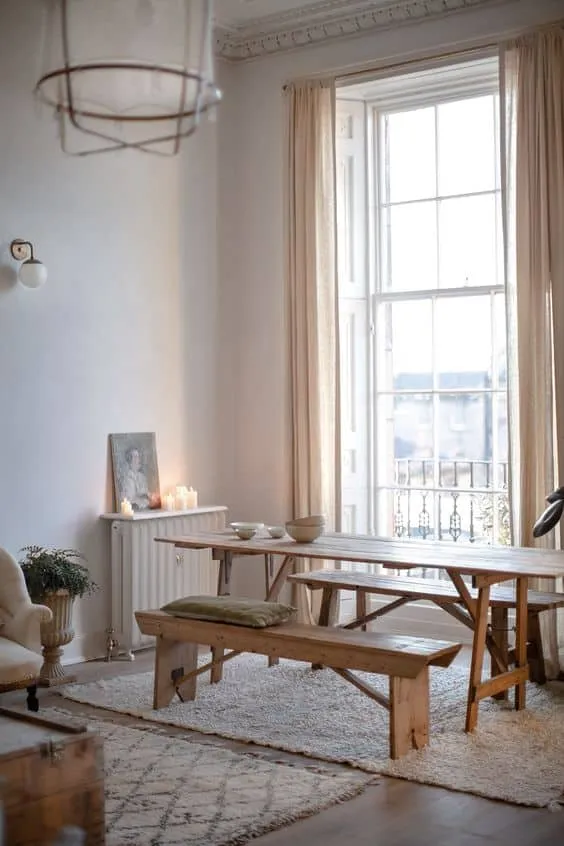 How 'Slow Living' Can Help You Regain Control Over Your Daily Life
How 'Slow Living' Can Help You Regain Control Over Your Daily Life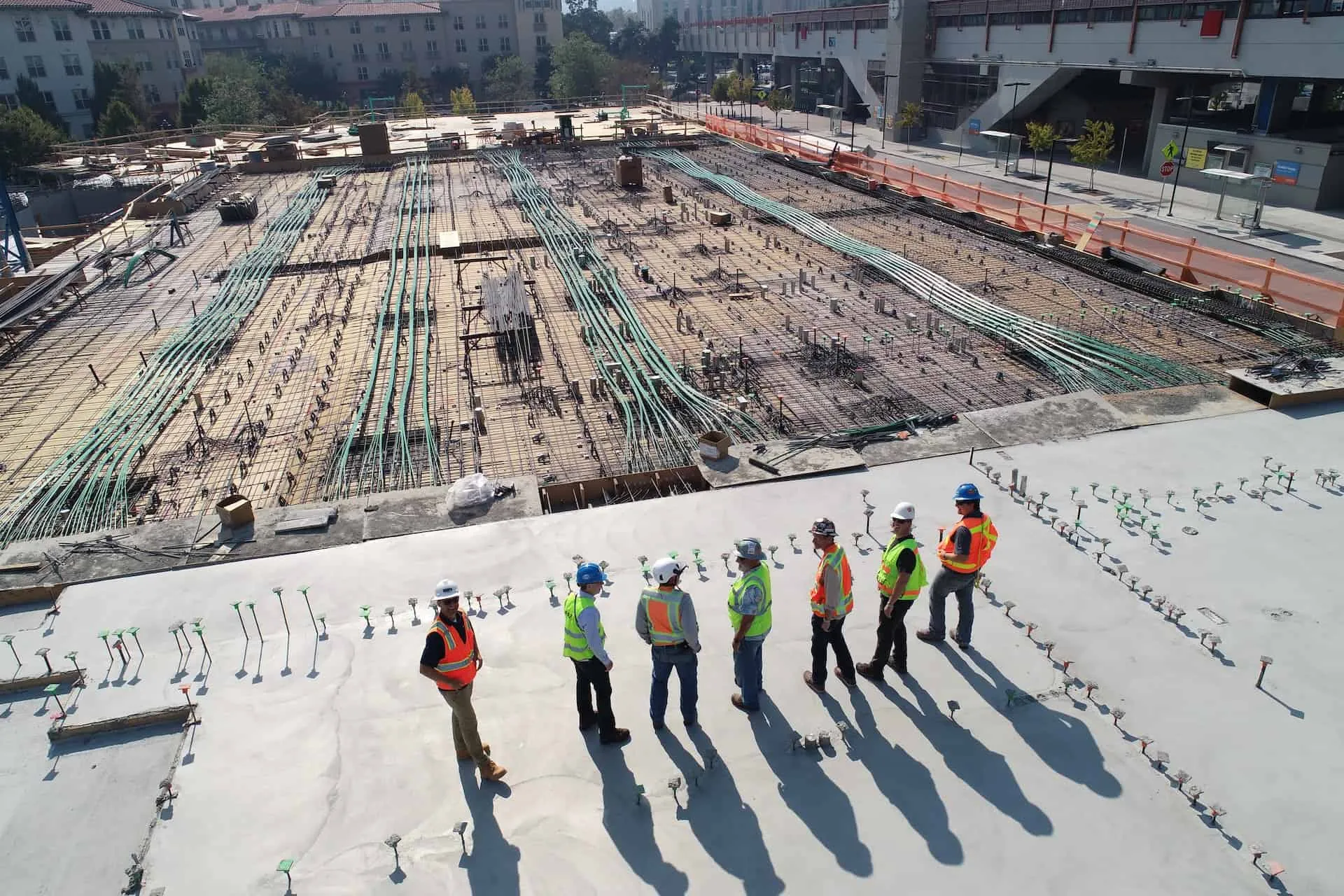 How Commercial Markets Can Provide a Reliable Carrier for Exposed Applications
How Commercial Markets Can Provide a Reliable Carrier for Exposed Applications How Concord Pacific Developments Is Redefining the Future of Housing Development
How Concord Pacific Developments Is Redefining the Future of Housing Development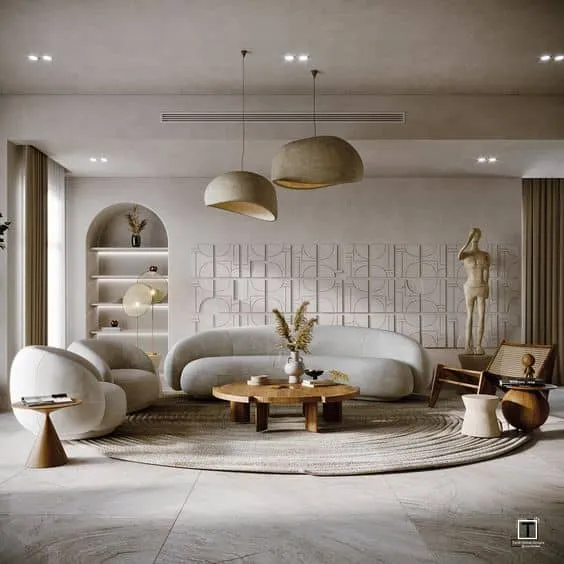 How Does a Comfortable Interior Arise?
How Does a Comfortable Interior Arise? How to Arrange Your Bedroom for Better Sleep?
How to Arrange Your Bedroom for Better Sleep? How to Modernize an Old Fireplace?
How to Modernize an Old Fireplace?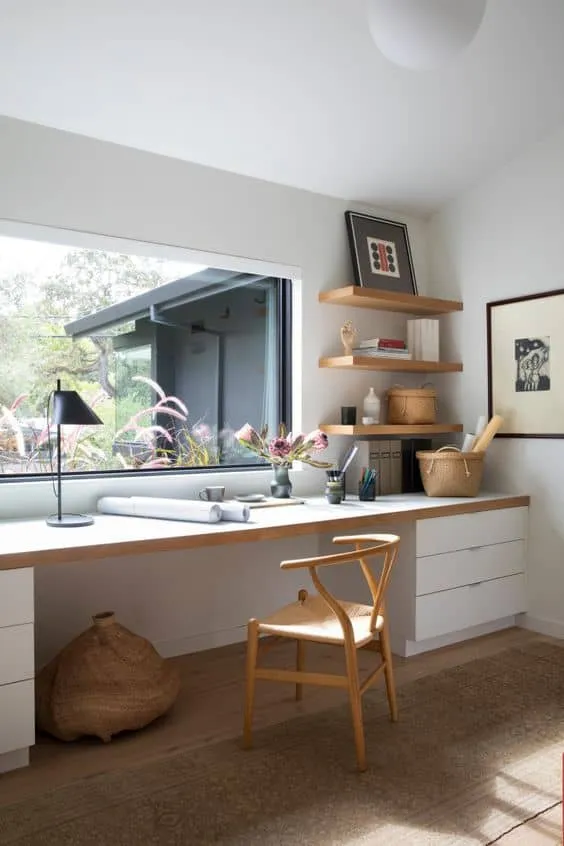 How to Create a Home Office?
How to Create a Home Office?